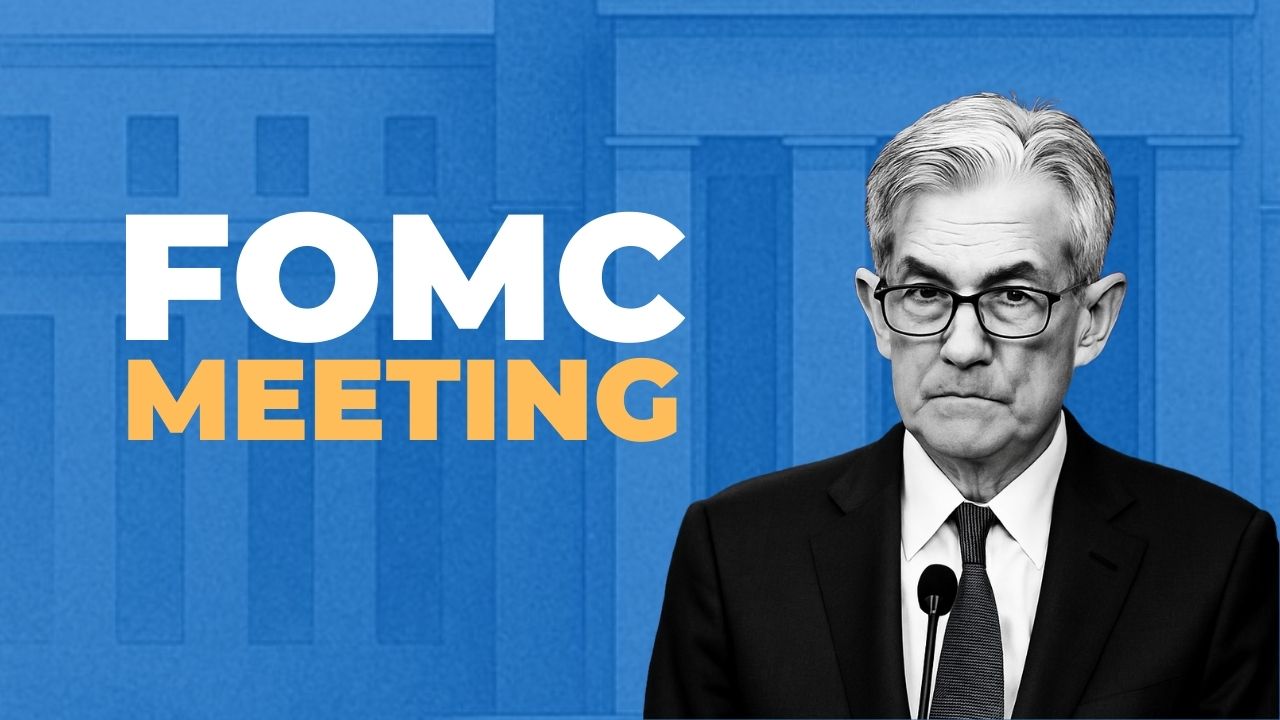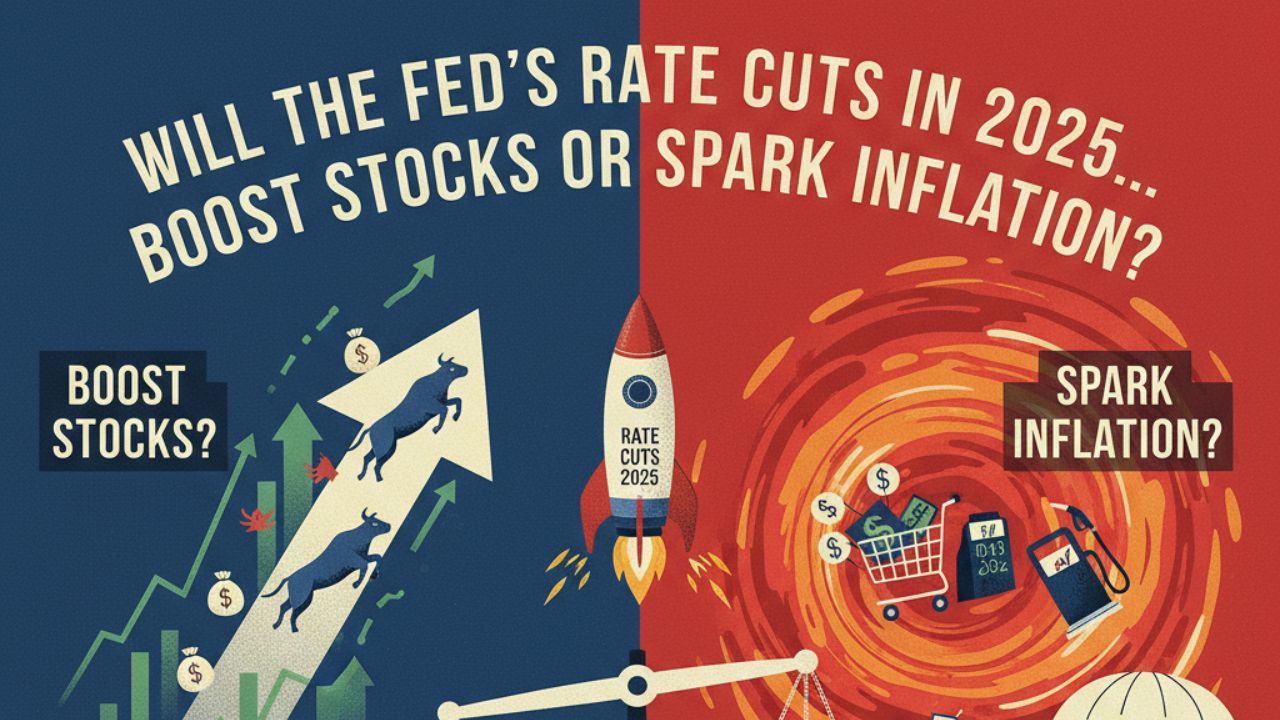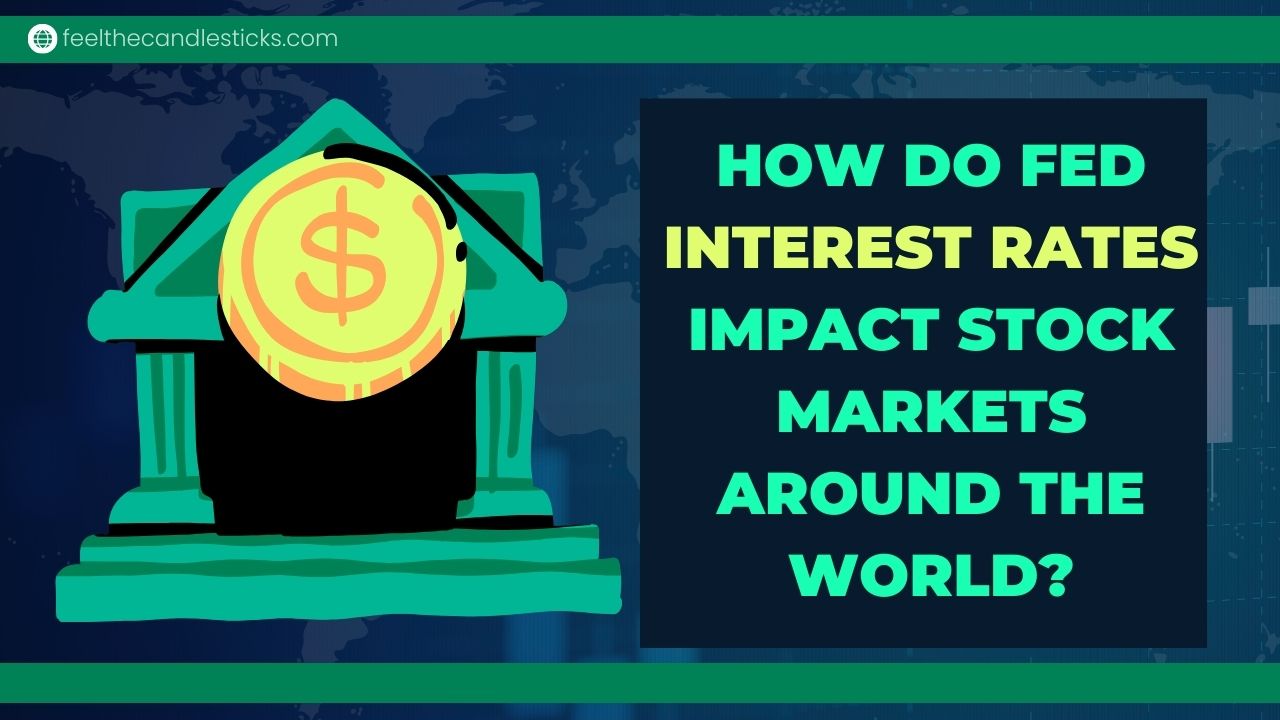The U.S. Federal Reserve’s Federal Open Market Committee (FOMC) has lowered its target range for the federal funds rate by 25 basis points to 4.00%-4.25%, acknowledging that while inflation remains elevated, growth has cooled and labor market strength is waning. Uncertainty around the economic outlook, especially downside risks to employment, has heightened.
The Fed’s policy is guided by recent economic indicators
- Consumer Prices (CPI): In August 2025, U.S. inflation (CPI) rose by 0.4% month-over-month, following a 0.2% increase in July. The year-over-year increase clocked in at 2.9%, up from 2.7% in July. Core CPI (excluding food & energy) rose 0.3% month-to-month, and 3.1% year-over-year.
- Producer Prices (PPI): The PPI for final demand dipped 0.1% in August (seasonally adjusted), compared to a strong July. On a twelve-month basis, PPI rose about 2.6%, while “core” measures (excluding food, energy, trade services) rose ~2.8%.
- Labor Market (NFP): Job gains slowed dramatically in August, with only 22,000 net new non-farm payroll jobs added, well below expectations. The unemployment rate edged up to 4.3%, reflecting the loosening grip of labor market tightness.
What the FOMC Statement Says?
According to the new statement: economic growth moderated in the first half of the year. Job gains have slowed, unemployment rose a bit but remains low, and inflation has persisted above target. The Fed reiterated its dual mandate: pursuing maximum employment and targeting 2% inflation over the longer run. Given the shift in balance of risks – especially the rise in downside risk to employment – it decided to cut the federal funds rate by a quarter point (0.25%) to the 4.00-4.25% range.
The Committee also said it will continue shrinking its holdings of Treasury, agency debt, and mortgage-backed securities. It remains open to further adjustments depending on incoming data, inflation pressures, labor market developments, financial conditions and international factors.
Also Read – Fed Interest Rates vs Gold Prices
Why This Matters?
The rate cut signals the Fed’s view that inflation, while still elevated, is starting to show signs of moderation, especially in wholesale prices (PPI). However, the very weak job growth and rising unemployment warn that the labor market may be cooling faster than desired. The Fed appears to be walking a tightrope: easing policy enough to avoid a sharper slowdown, but not so much as to reignite inflation.
Looking Ahead
The Fed will be closely watching upcoming data points, including next month’s CPI, PPI, and jobs reports, to gauge whether inflation continues to cool and whether the labor market’s weakening trend holds. Further rate cuts may be on the table if downside risks intensify, but persistence in inflation or unexpected strength in wages could delay more aggressive easing.
This article is for informational purposes only and should not be considered financial advice. Investing in stocks, cryptocurrencies, or other assets involves risks, including the potential loss of principal. Always conduct your own research or consult a qualified financial advisor before making investment decisions. The author and publisher are not responsible for any financial losses incurred from actions based on this article. While efforts have been made to ensure accuracy, economic data and market conditions can change rapidly. The author and publisher do not guarantee the completeness or accuracy of the information and are not liable for any errors or omissions. Always verify data with primary sources before making decisions.



